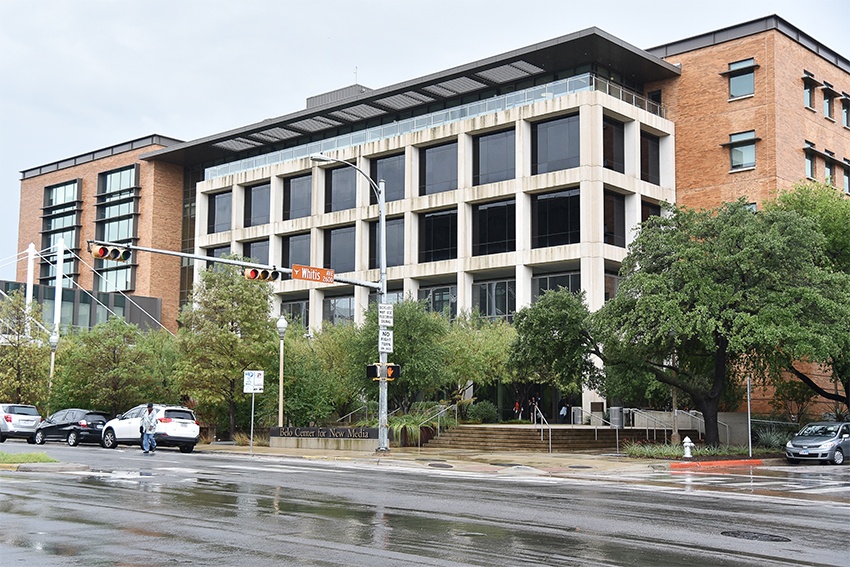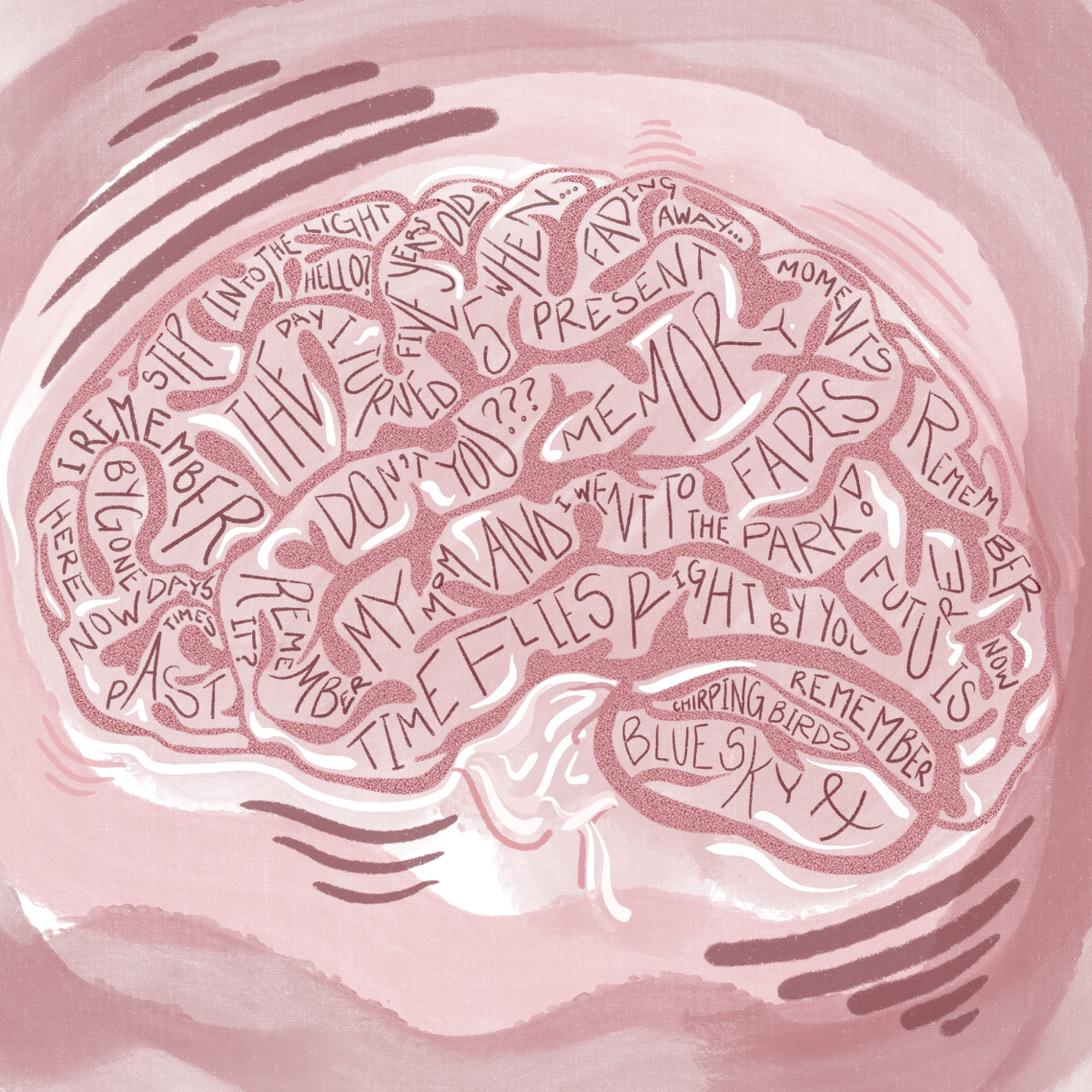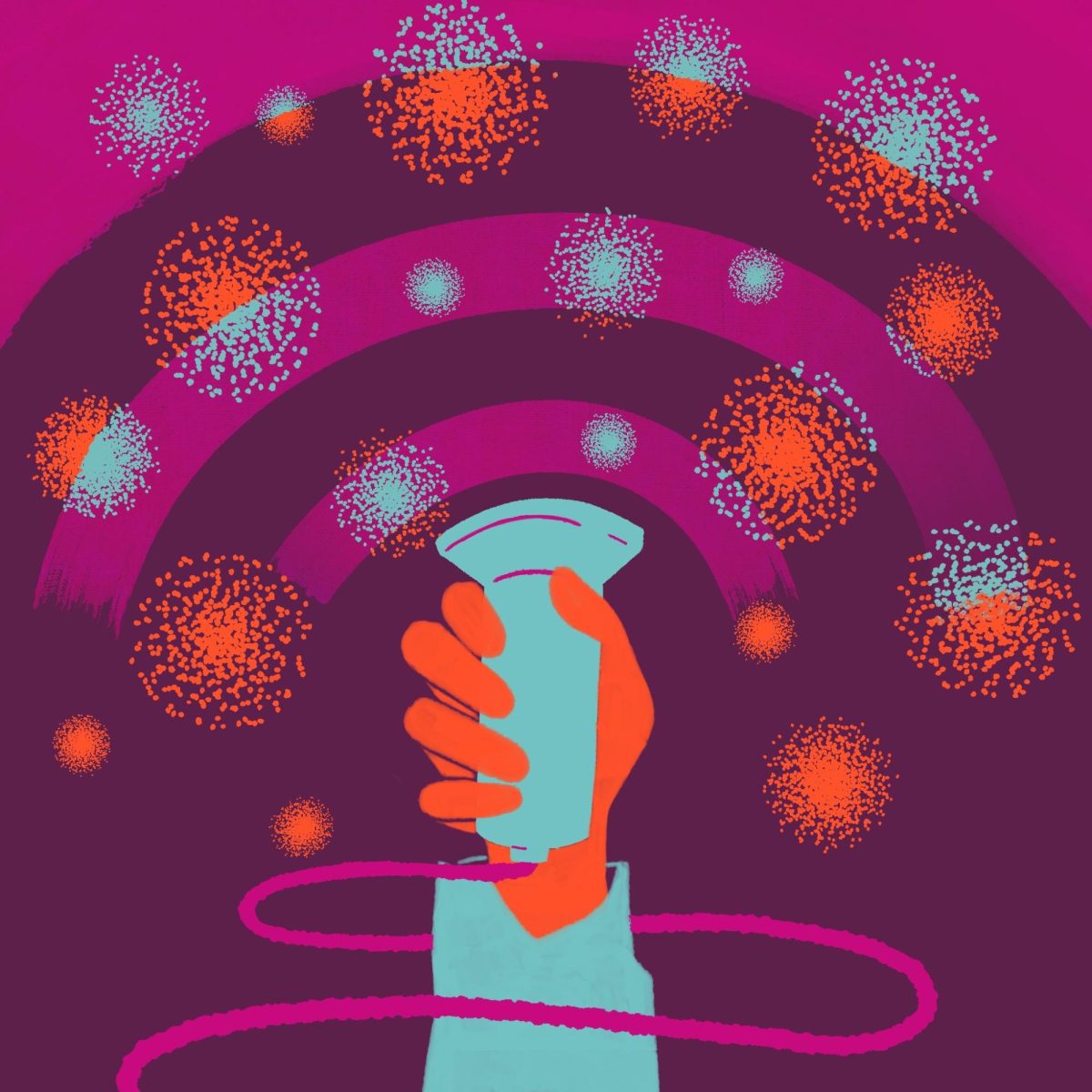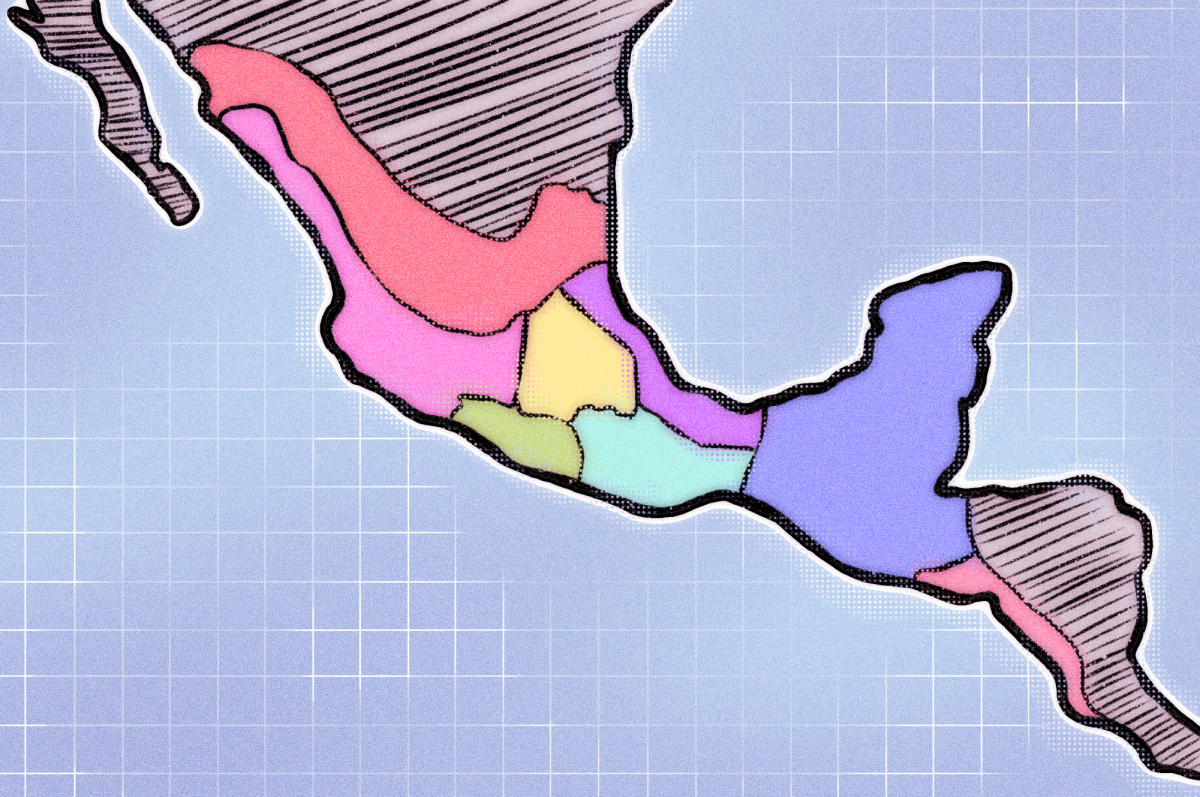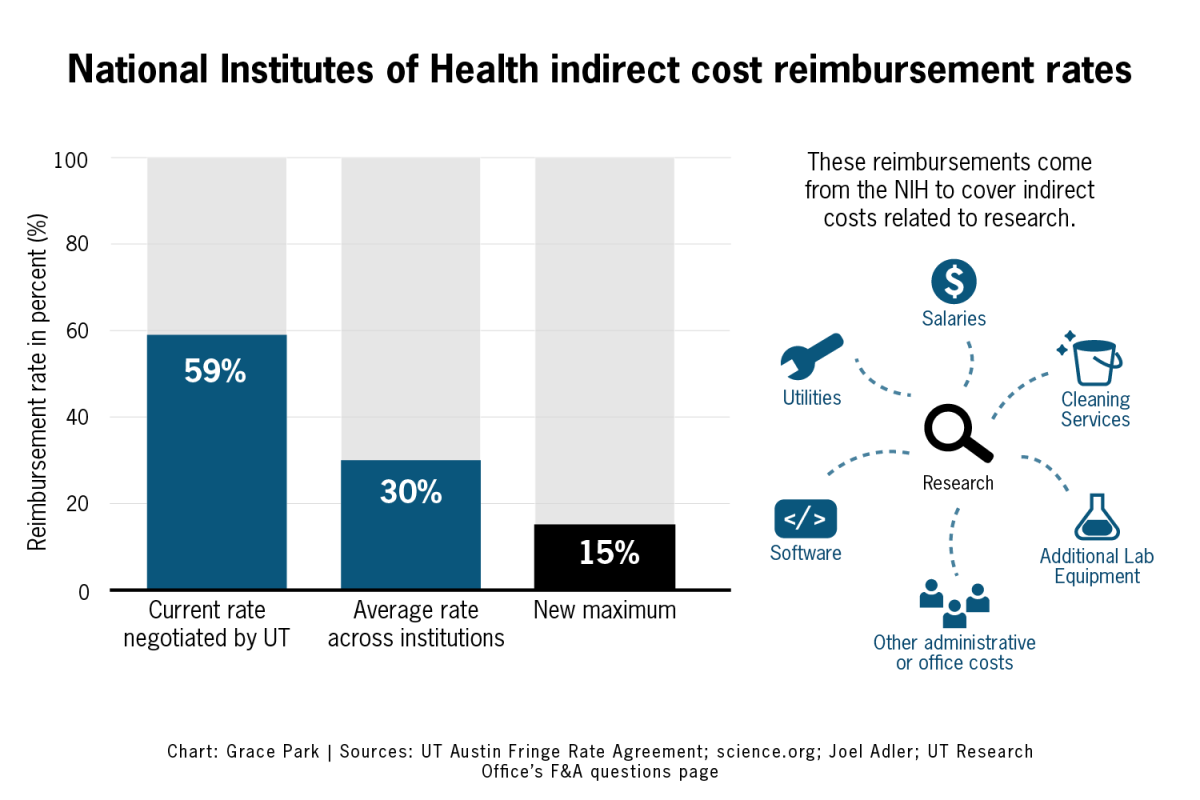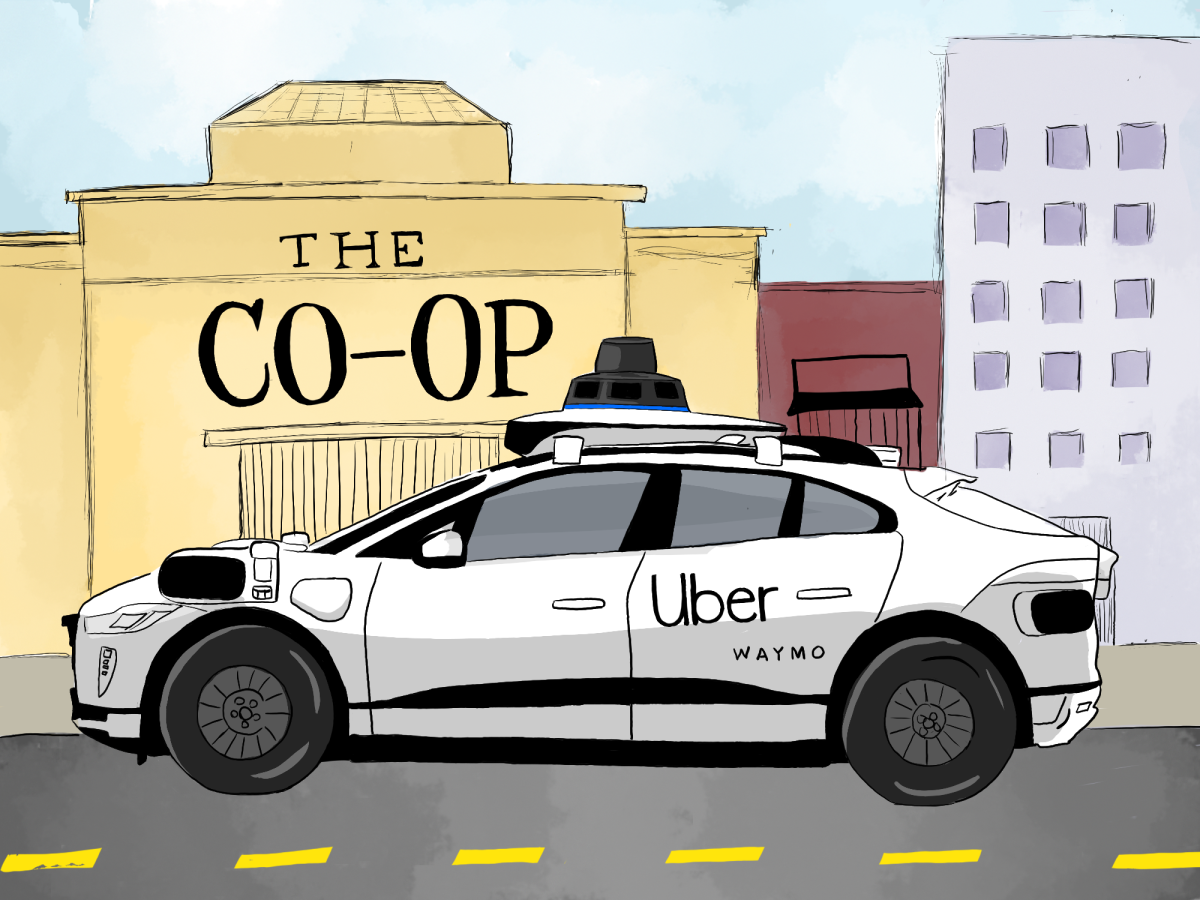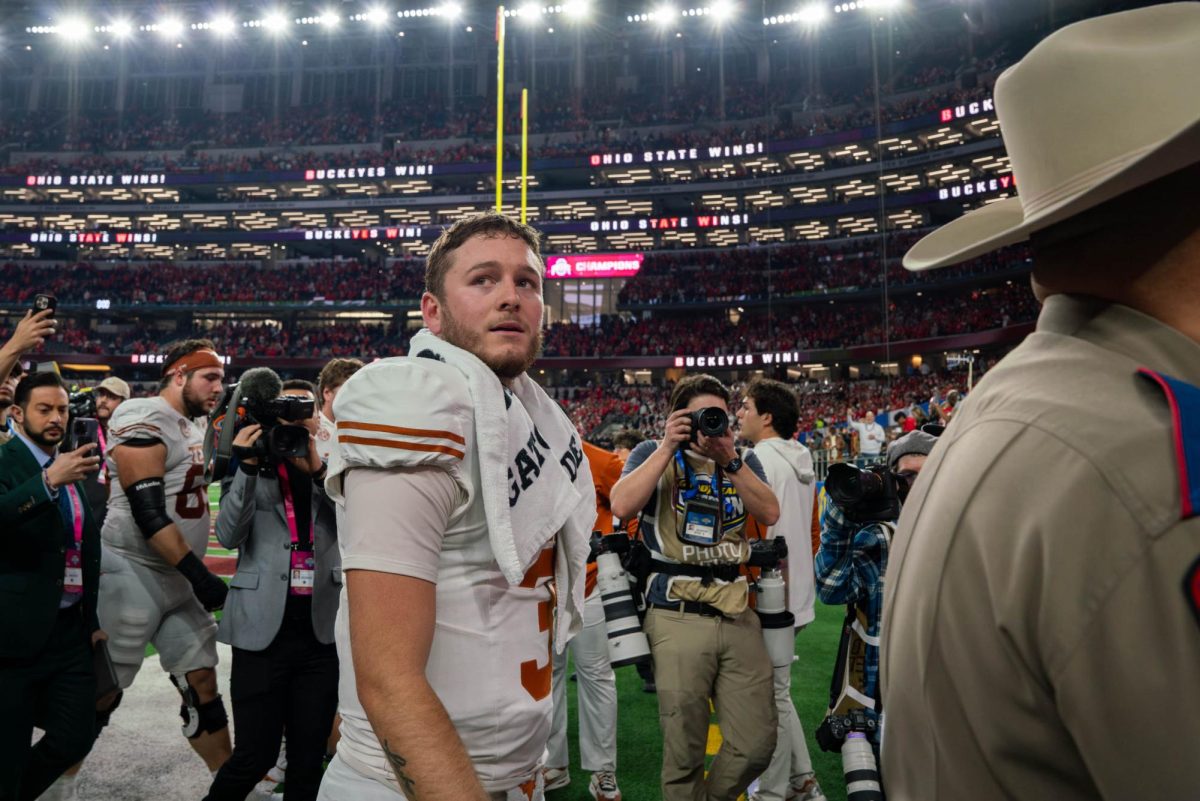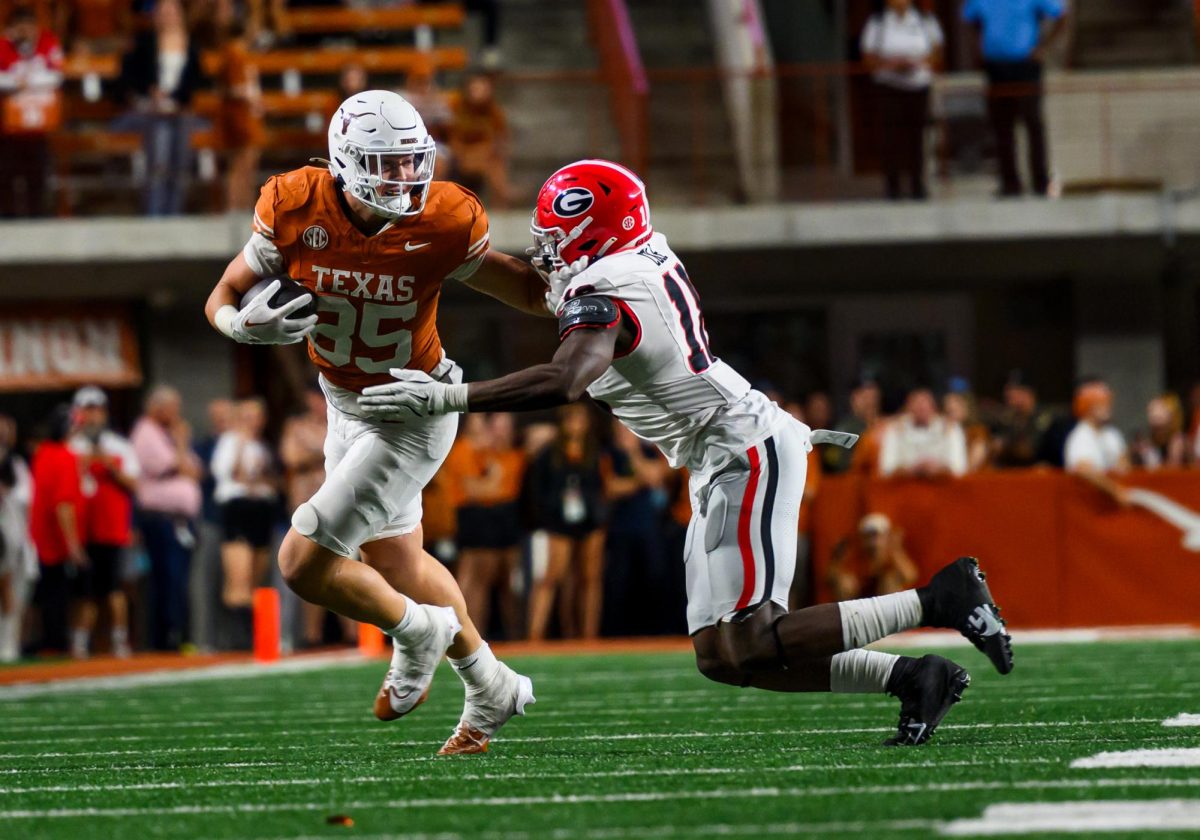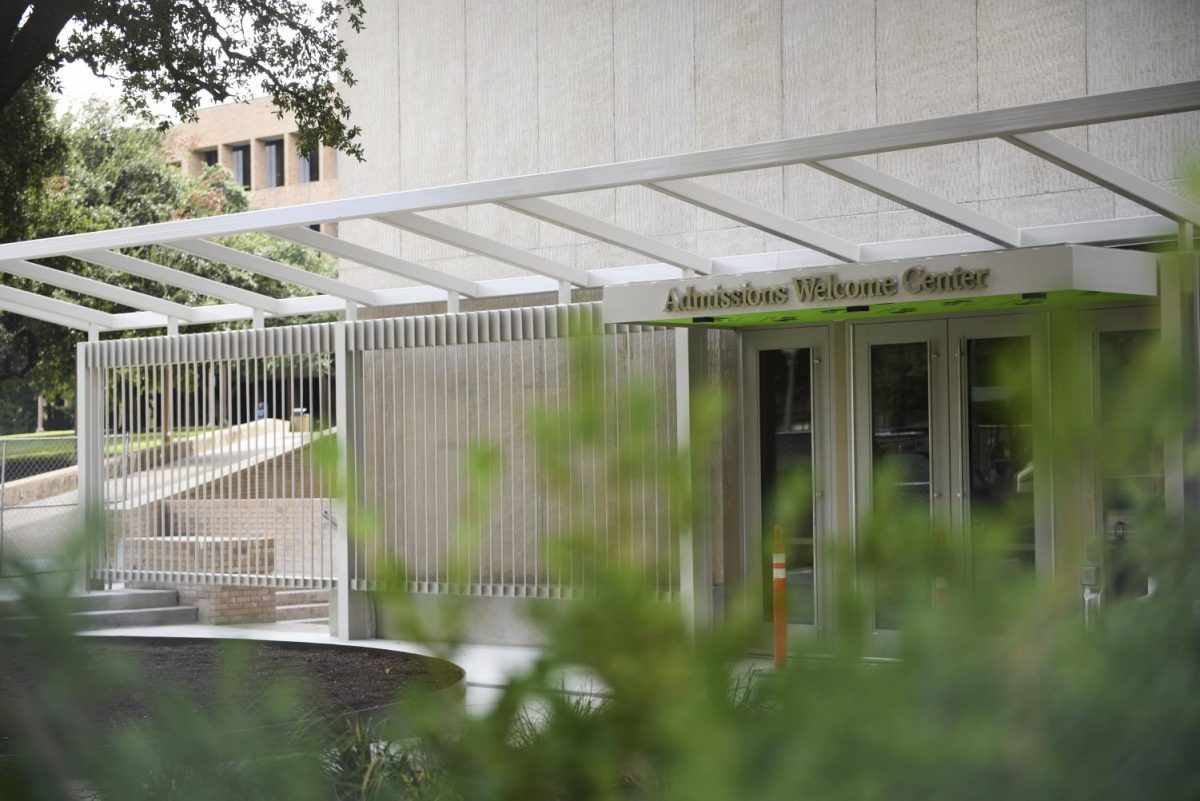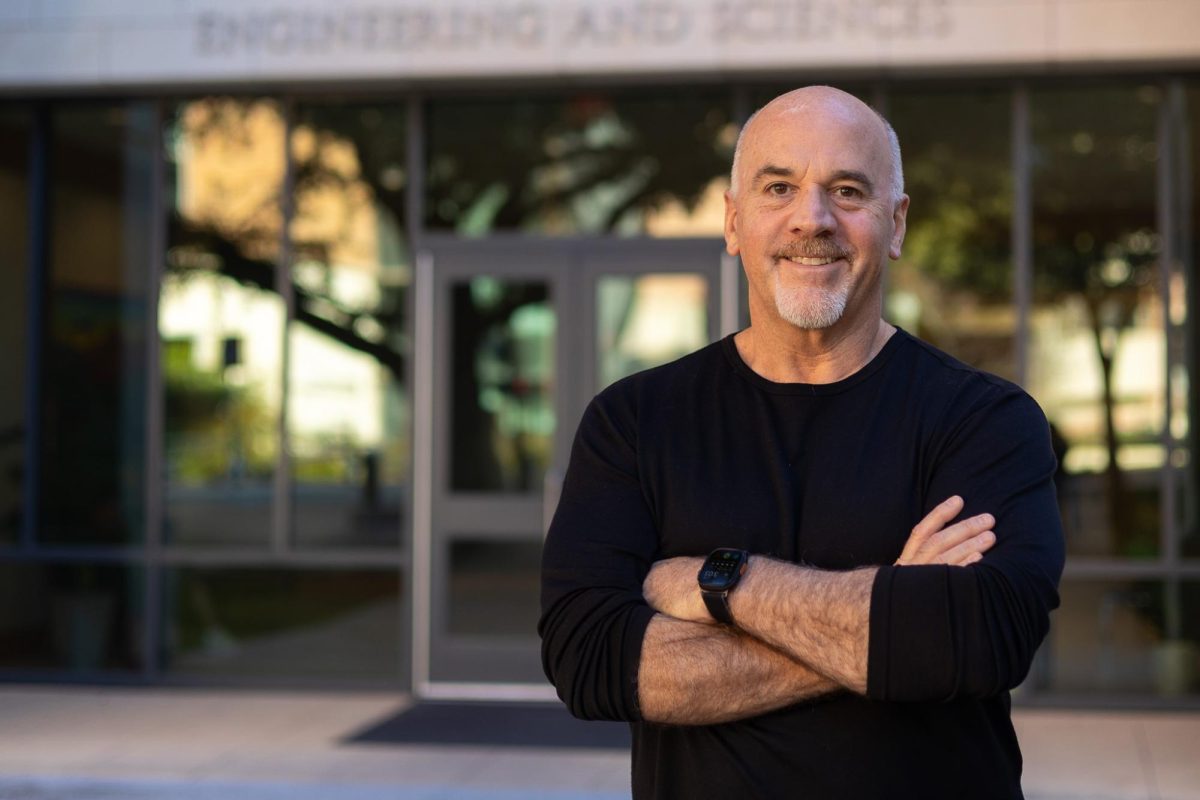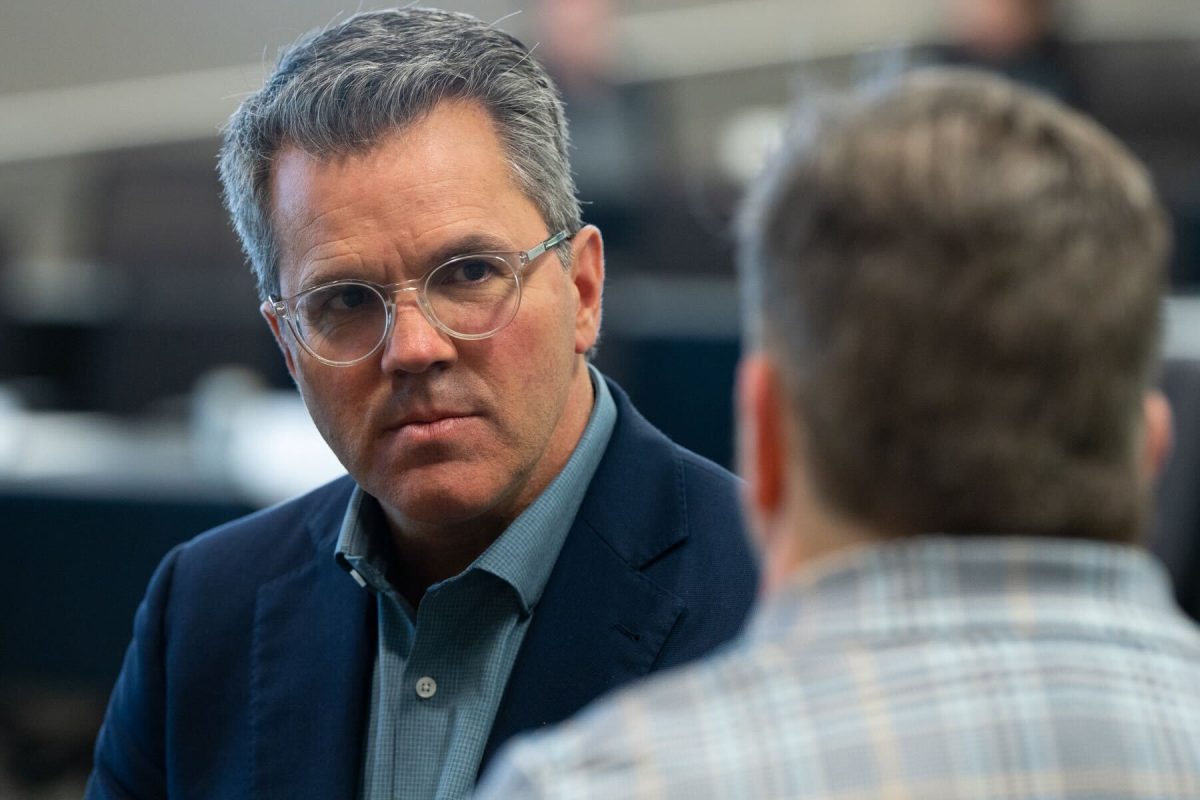Every time someone buys a candy bar or drink from a vending machine on campus, the profits from the sale allow faculty members to ride Capital Metro buses for free, according to Randy Machemehl, transportation engineering professor and a Shuttle Bus Committee faculty representative.
But as people on campus buy less from vending machines, UT’s Parking and Transportation Services — the entity that manages the vending machines — could face future funding problems.
“As more and more people use the Capital Metro service, the availability of those vending machine funds are probably not going to be adequate to pay all those costs, so we’re going to have to come up with another way to pay all that,” Machemehl said.
The University pays $222,933.05 annually for faculty and staff members to ride mainline CapMetro bus routes, and all of that funding comes directly from vending machine sales. The University also pays $996,135 for students to ride the buses, but this money comes from Student Services fees, according to Blanca Juarez, UT Parking and Transportation Services’ alternative transportation manager.
CapMetro provides both mainline buses, which are general city buses, and shuttles, which are specific to the University. CapMetro recently announced it will discontinue service for the Wickersham Lane route and reduce service on its Cameron Road line beginning in January.
Machemehl said the number of people using mainline services to commute to and from campus is increasing, but vending machine profits are decreasing.
“The number of vending machine sales is not increasing — people are carrying water bottles all the time instead of buying Cokes, I guess,” Machemehl said.
Machemehl said the University’s bus ride funding for its students, faculty and staff helps solve parking issues and decreases air congestion.
“It helps solve the basic parking problem on campus because we have somewhere around 15,000 spaces and somewhere around 70,000 people that come here every day, so obviously most people can’t park here,” Machemehl said. “Anything that we can do to convince people to use a mode other than driving a car is going to help everybody.”
CapMetro provided mainline bus rides to 284,198 UT students, faculty and staff in April 2013, according to CapMetro spokeswoman Melissa Ayala.
Route 1, the bus that takes people from the West Mall to downtown Austin, is the most popular mainline bus route among UT students, faculty and staff. In April 2013, 54,056 students, faculty and staff took this route, according to Ayala.
The route that UT riders use the least is route 970 — in all of April 2013, only three UT riders were served, Ayala said.
Machemehl said the University’s mainline service funding brings in people who otherwise might not ride CapMetro buses.
“I would imagine that if suddenly all of the people who are benefitting from that had to pay out of their own pocket, we’d probably see a significant decrease … on the number of people using mainline transit service, so I think it’s a good thing,” Machemehl said.
Machemehl said more UT students and staff members are using mainline bus services than in previous years.
“I heard the other day at a meeting that the number of people using mainline service to get to and from campus has been increasing — I think I heard 7.5 percent increase in the last couple of years,” Machemehl said. “There seems to be a small decrease … in vending machine profits. I guess it also tells you the story about how stressed the University is in terms of funds.”


